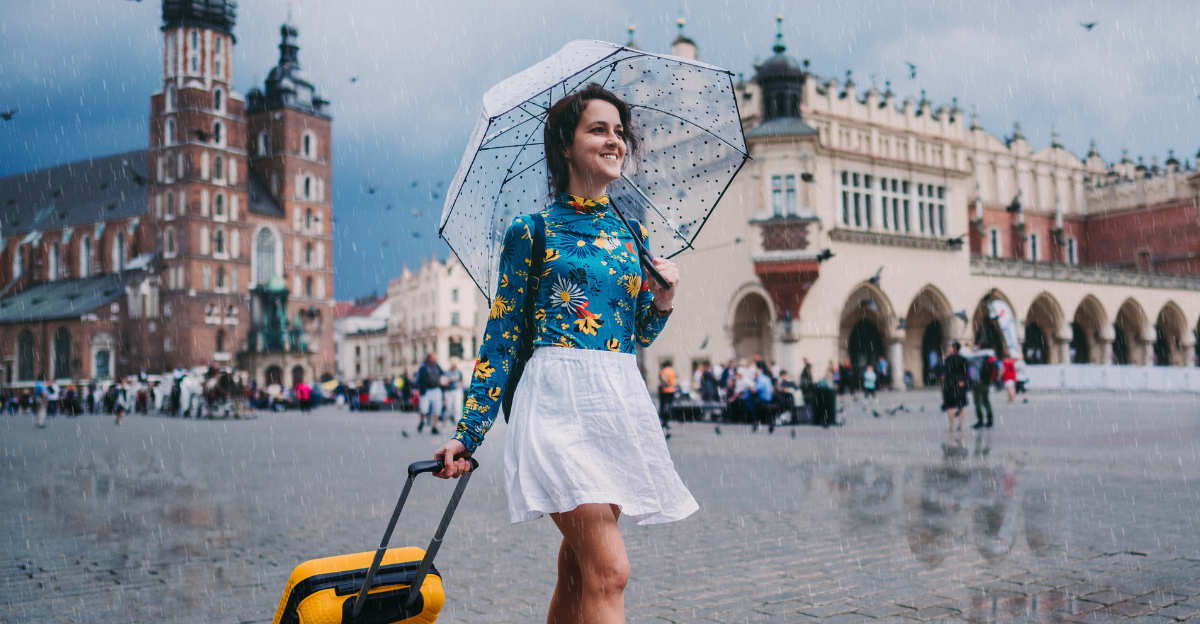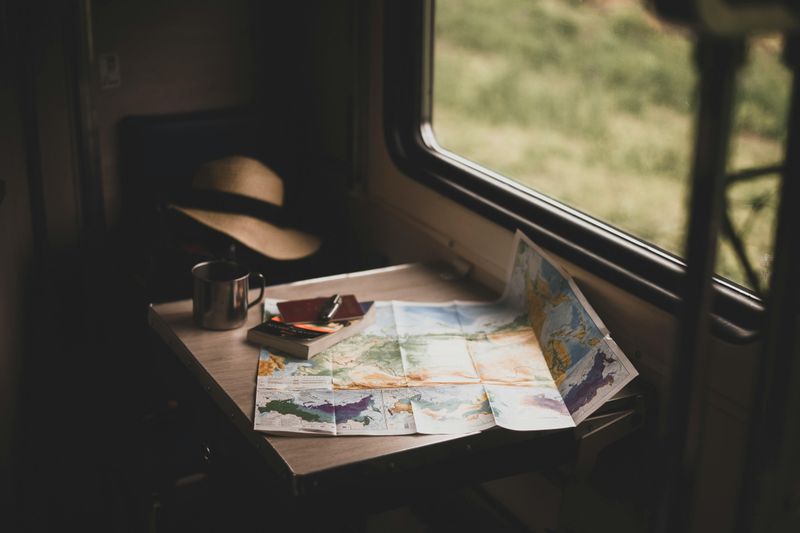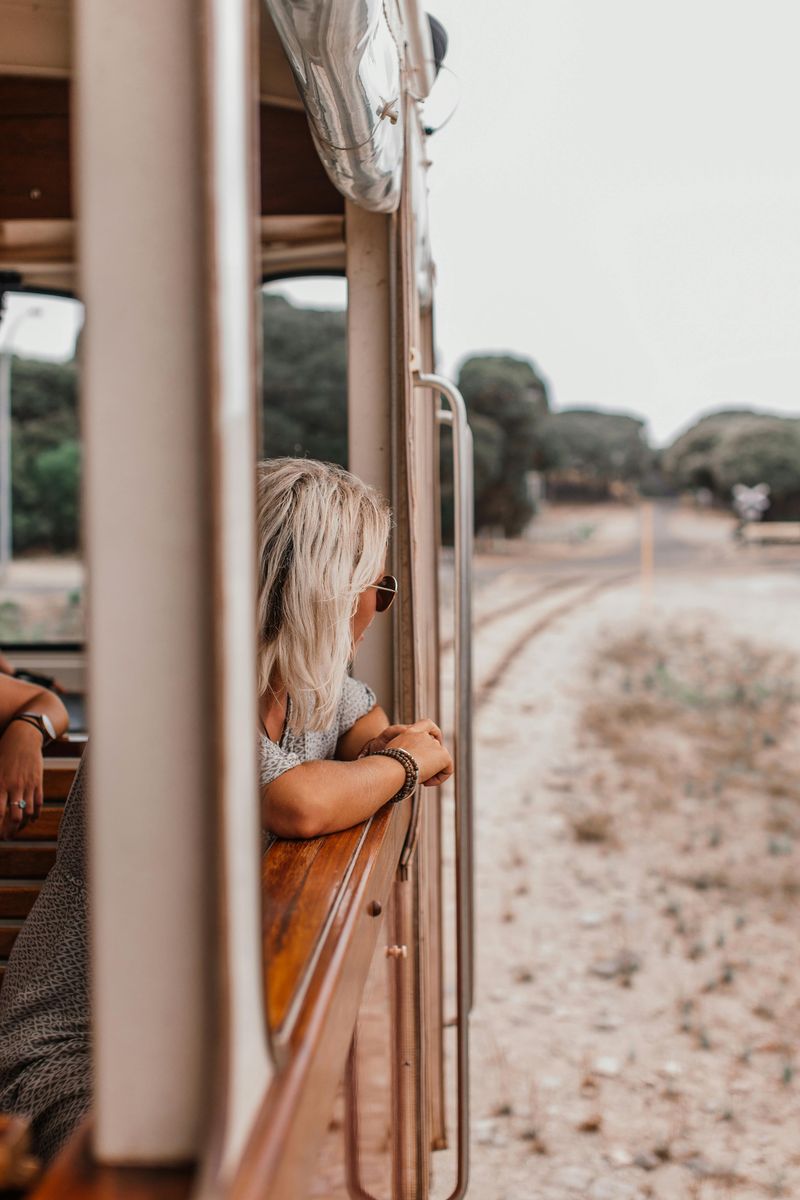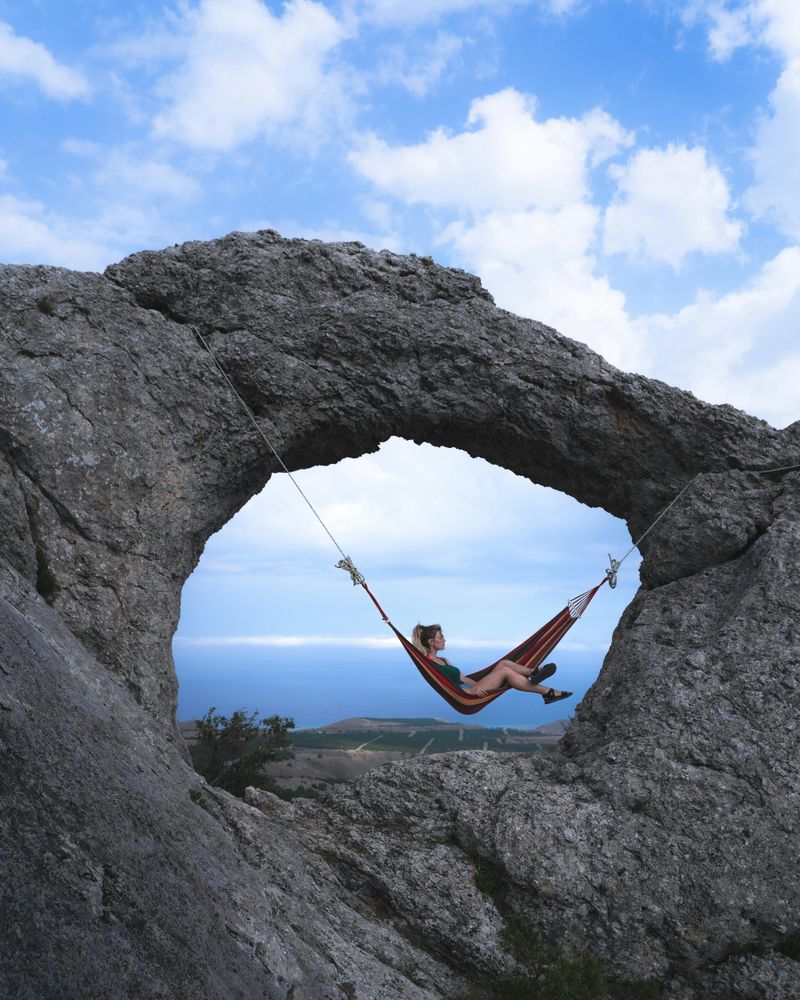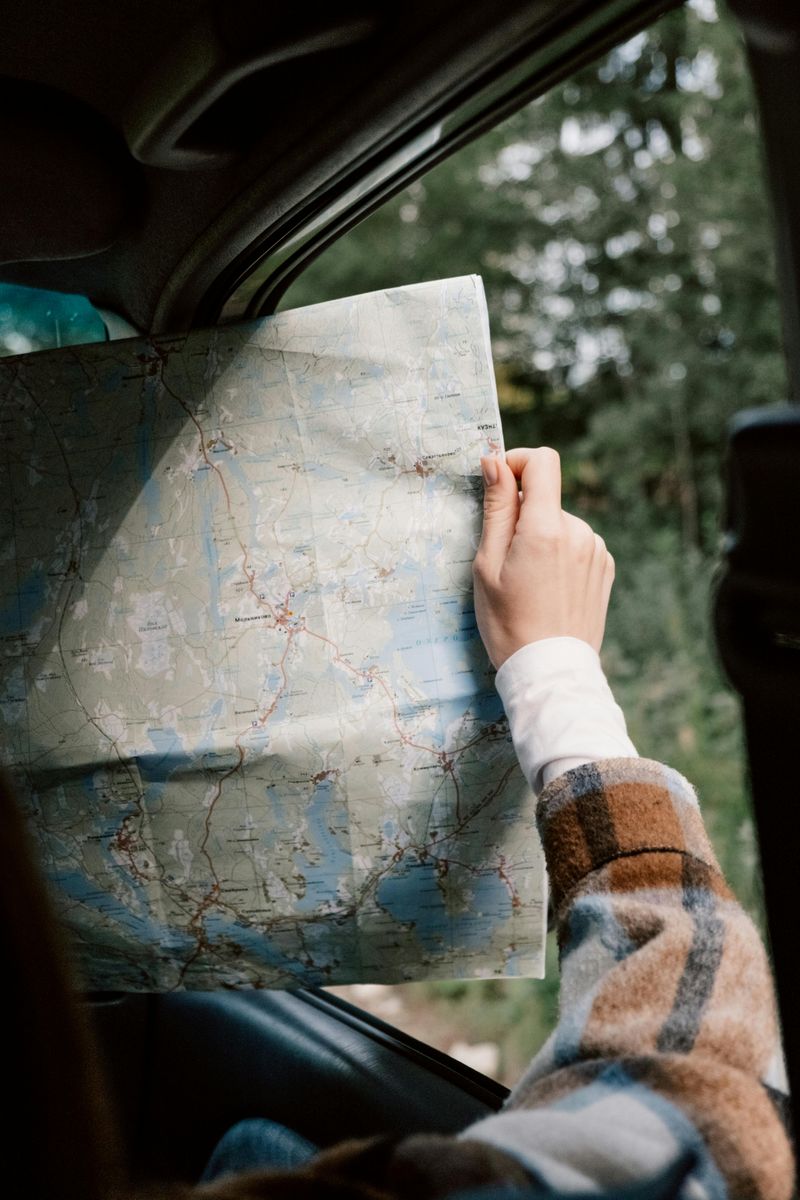Experienced travelers have discovered something remarkable: the best journeys aren’t about checking off every tourist spot or racing through cities. Instead, they’ve learned that slowing down reveals the true magic of travel and life itself. When you pause to truly experience a place, connect with people, and appreciate simple moments, everything changes. These twelve lessons from seasoned wanderers show us how to bring that same peaceful, joyful mindset into our everyday adventures.
1. Stay Longer in Fewer Places
Seasoned wanderers quickly realize that bouncing between destinations every few days leaves them exhausted and disconnected. When you plant yourself somewhere for a week or more, magic happens. You start recognizing faces at the local bakery, discover hidden cafes away from tourist crowds, and understand the neighborhood’s rhythm.
This approach transforms you from a visitor into a temporary resident. You’ll wake up without an alarm, explore at your own pace, and actually remember the details of your trip. Instead of five cities in ten days, choosing two cities allows deeper exploration and genuine rest.
Your memories become richer and more meaningful when you’re not constantly packing and unpacking.
2. Prioritize Depth Over Breadth
Trying to see everything often means truly experiencing nothing. Smart travelers choose quality over quantity every single time. Rather than sprinting through twenty museums, they spend an afternoon in one, sitting with paintings that speak to them and reading every placard that sparks curiosity.
This lesson applies beyond sightseeing. Learning three phrases in the local language well beats memorizing fifty poorly. Mastering one regional dish in a cooking class creates lasting memories better than sampling fifty restaurants.
When you go deep instead of wide, you form genuine connections with places and people. You’ll come home with stories worth telling instead of blurry photos you barely remember taking.
3. Create a Flexible Itinerary
Over-planning sucks the spontaneity right out of adventure. Wise travelers sketch a loose framework rather than scheduling every hour. They book accommodations and maybe one or two must-see experiences, then leave generous blank spaces for whatever unfolds naturally.
This flexibility allows you to extend your stay when you discover an incredible beach or change plans when locals invite you to a family celebration. Rain on your hiking day? No stress—you’ll explore that museum instead or spend the afternoon in a cozy bookshop.
Having breathing room in your schedule reduces anxiety and opens doors to unexpected delights. The best travel stories usually begin with unplanned moments.
4. Embrace Detours and Serendipity
Getting lost sometimes leads to the most memorable discoveries. Travelers who embrace the unexpected often stumble upon hole-in-the-wall restaurants serving incredible food, stumble into local festivals, or find breathtaking viewpoints not mentioned in any guidebook.
That wrong turn down a cobblestone alley? It might lead to an artist’s studio or a quiet plaza where children play soccer. When someone suggests checking out their favorite spot across town, saying yes opens possibilities no itinerary could predict.
Life’s richest experiences rarely announce themselves in advance. By welcoming detours with curiosity instead of frustration, you transform potential problems into adventures and collect stories that make people lean in closer.
5. Travel by Slower Modes
Hopping on a train instead of flying reveals landscapes that blur past airplane windows. Walking through neighborhoods instead of taking taxis lets you notice street art, smell bakeries, and observe daily life unfolding. Biking along coastal roads or through vineyards connects you to places in ways fast travel never could.
Local buses and ferries might take longer, but they’re where you sit beside residents heading home from work, practice your language skills, and see how people actually live. These slower journeys become part of the adventure rather than just transportation between highlights.
Your body and mind also appreciate the gentler pace, arriving refreshed rather than frazzled and jet-lagged.
6. Immerse Yourself in Local Culture
Authentic travel happens when you step beyond tourist bubbles into real community life. Attend a neighborhood church service, shop where locals shop, or join a pickup soccer game in the park. These experiences teach you more about a place than any museum ever could.
Try learning traditional dances, taking language lessons from a neighborhood teacher, or volunteering for a day at a community garden. When you engage genuinely with local customs and daily routines, people open up and share their world with you.
Cultural immersion isn’t about grand gestures—it’s found in morning coffee rituals, evening promenades, and the way people greet each other on the street.
7. Connect with Locals and Build Relationships
Guidebooks show you places, but people show you the heart of a destination. Striking up conversations with shopkeepers, joining community events, or using apps that connect travelers with locals transforms surface-level tourism into meaningful human connection.
These friendships often continue long after you leave, giving you reasons to return and people who remember you. You’ll receive dinner invitations, learn family recipes, hear personal stories, and gain perspectives no travel blog could provide.
Building relationships requires vulnerability and effort, but the rewards are immeasurable. Years later, you’ll remember the people you met far more vividly than the monuments you photographed.
8. Savor Meals Rather Than Rush Them
In many cultures, meals are sacred social events, not fuel stops between activities. Sitting down for a two-hour lunch teaches you that eating slowly aids digestion, enhances flavor appreciation, and creates space for conversation and observation.
Watch how locals linger over coffee, order multiple small courses, and treat dining as entertainment itself. Put your phone away, taste each ingredient, and notice how food reflects regional history and geography. The best meals tell stories through spices, techniques, and family recipes passed down generations.
Rushing through meals means missing out on one of travel’s greatest pleasures and a window into cultural values around community and time.
9. Find Joy in Everyday, Small Moments
Not every moment needs to be Instagram-worthy or landmark-famous. Sometimes the sweetest travel memories come from watching laundry flap on clotheslines, listening to church bells at dawn, or observing an elderly couple holding hands in the park.
These quiet observations ground you in the present and remind you that beauty exists everywhere when you pay attention. A child’s laughter, the smell of rain on hot pavement, or the way afternoon light falls across old buildings—these tiny treasures accumulate into profound appreciation.
Travelers who notice small wonders develop gratitude that extends far beyond their journeys, changing how they see their own neighborhoods back home.
10. Balance Activity with Downtime
Vacation shouldn’t require another vacation to recover from it. Building rest days into your travels prevents burnout and allows experiences to settle into memory. Spending a morning reading in a park or an afternoon napping in your room isn’t wasted time—it’s essential restoration.
After days of exploration, your brain needs processing time. Downtime lets you write in your journal, organize photos, or simply daydream while watching the world go by. This balance makes you more present and enthusiastic during active periods.
Remember that doing nothing is actually doing something important: recharging your batteries and creating space for reflection and integration of all you’ve experienced.
11. Be Present and Mindful
Constantly thinking about the next destination or scrolling through your phone robs you of where you actually are. Mindful travelers practice being fully present—feeling the cobblestones under their feet, tasting each bite intentionally, and listening completely during conversations without planning their next comment.
This presence transforms ordinary moments into extraordinary ones. When you’re truly here, colors seem brighter, sounds more distinct, and connections deeper. You notice architectural details, subtle flavors, and emotional nuances that distracted minds miss entirely.
Mindfulness isn’t complicated—it simply means bringing your full attention to whatever you’re experiencing right now, creating richer memories and deeper satisfaction from every single moment.
12. Let the Journey Itself Become a Destination
Obsessing over reaching specific places makes everything in between feel like an obstacle. Enlightened travelers understand that getting there holds as much value as arriving. That train ride through mountains, the ferry across the bay, or the walk through neighborhoods—these journeys deserve full appreciation, not impatient endurance.
When you shift perspective, every moment becomes part of the adventure rather than merely transportation. You chat with fellow passengers, watch landscapes transform, and collect experiences continuously rather than only at official destinations.
This mindset revolutionizes travel and life itself, teaching us that happiness isn’t found only at endpoints but throughout the entire path we walk.
